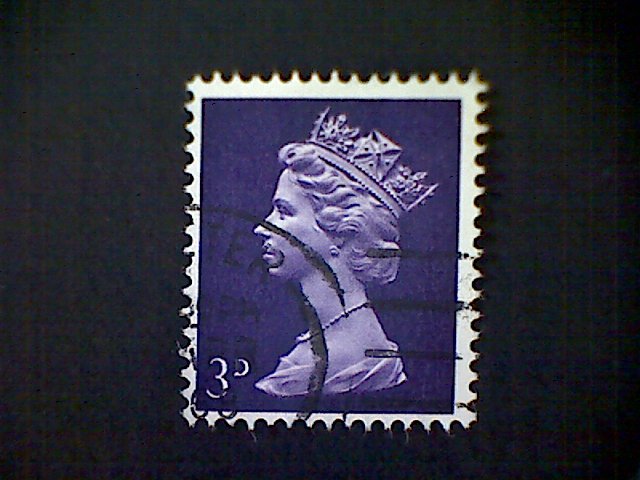

How many rotation steps and tilt angles you want is very important, as it determines how fluid the effect is. useThrow Boolean: false = show an alert when you make a configuration mistake (to aid debugging), true = throw an error when you make a configuration mistake (will not work in older browsers like Netscape 4, if you care). No parameters will be passed, but this can be used to hide the progress bar. readyScript Function: a reference to a function that will be called called when all images have been preloaded. Will be passed a single parameter a number between 0 and 1, representing the image loading progress (can be combined with my progress bar script). 3 progressScript Function: a reference to a function that will be called each time an image loads during the preloading stage. 1 curTilt Integer: The initial tilt angle that is being displayed, e.g. 15 curRot Integer: The initial rotation step that is being displayed, e.g. 30 numTilt Integer: Number of tilt angles you want, e.g. The class creates a RotatingImage Object - the API is described later: myref = new RotatingImage(imgPrefix,imgExt,imgName,numRot,numTilt,curRot,curTilt,progressScript,readyScript,useThrow) imgPrefix String: The first part of the image file name and path imgExt String: The first part of the image file name and path imgName String: The name attribute of the image numRot Integer: Number of steps to be used in the rotation, e.g. However, since it triggers preloading of all the required images, I recommend you wait until the page has loaded before calling it (such as using an onload function etc.). It can be called at any time, including before the image has been created on the page. Make sure every image that you want to be able to rotate has a unique name attribute.
PHOTOGRAV 3D DOWNLOAD
To download the script(s), see the script license, and check details like browser compatibility, use the links on the navigation panel at the top of this page.ĭownload the script, then inbetween the tags, put: Important: see the notes below about making the effect more fluid/smooth. All of these featuresĬan be seamlessly combined, so the image could begin rotating automatically, then the user could take over and rotate it Using buttons, links, or simply by dragging the image with a mouse. The images can be rotated or tilted automatically, or manually by the user.

It allows a normal image of a product to be replaced by images thatĪppear to rotate. This script is designed to replace those. Occasionally, they are also done with animated GIFs, which lose all possible interaction, Users do not have them installed, even where they are available. The plug-ins for these are not always available on all desktop operating systems, and many This has been done before using bloated Java applets (which for reasons best known to themselves, can take over a minute to initialise on my computer, hangingĮverything else while they load), or Flash animations or QuickTime movies, which also take a long time to display, and do This allows customers to see the product from all possible angles, and gives a better impression of what it will look like, Occasionally, you may want to display images of a product (for example), so that the product appears to rotate in 3D.


 0 kommentar(er)
0 kommentar(er)
